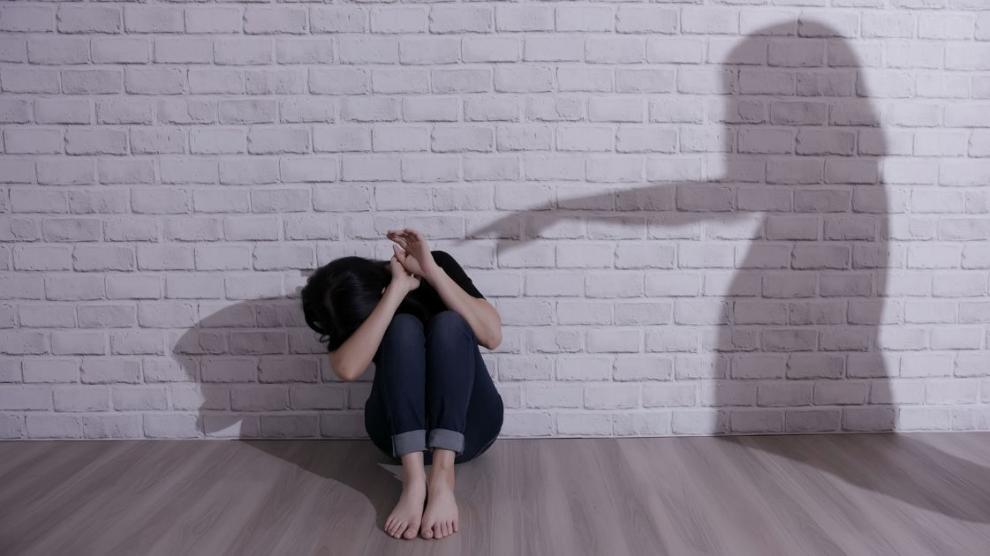Bullying' and disability: "The problem is not the difference but the intolerance of others".6/23/2022 ©[RyanKing999] via Canva.com. The official figures are devastating: nearly 80% of people with disabilities claim to have suffered bullying at school and, not only that, six out of ten also confess that they have been victims of this school violence for years, turning this situation into a problem that not only becomes chronic over time but, more seriously, ends up becoming normalized.
These are data that have been put on the table at the conference Disability and Bullying at School: How to detect and manage it, organized by the Spanish Council for the Defense of Disability and Dependency (CEDDDD) together with the Federation of Education (FEUSO) and which counted with the interventions of the trainer in bullying prevention Inma Badía, Secretary of Action and Occupational Health of FEUSO; and the psychologist Luis Ángel Romero, expert in school bullying and president for Soria of the Official College of Psychology of Castilla and León (COPCYL). On these specific data related to students with disabilities, Inma Badía confessed that "the numbers are important and a bit scary", adding that bullying is the main factor of loneliness in children with disabilities, as 32.7% feel isolated, rejected or excluded by the rest of their classmates. The expert added that bullying is most common in mainstream schools, with 92.9% compared to 2.6% in special education centres. The communities most affected "either because it is reported more or because bullying really exists to a greater extent" are: Andalusia with 21.2%, Madrid with 17.8%, Catalonia with 8.3%, and Castilla La Mancha and Valencia with 7.7% and 7.5%, respectively. As for the type of disability suffered by bullied students, the statistics show that 26.9% of the cases are physical, 26.1% intellectual or developmental, 17.5% visual, 15.4% mental illness, followed by 14.7% with a hearing disability. For Badía, it is important to stress that what happens in schools is no more and no less than a reflection of what happens in the rest of society: "Cases of violence are experienced in different ways and to different degrees. Learning to confront and resolve them requires all those involved in educational tasks to integrate the culture of encounter, welcome, dialogue, coexistence and peace in the classroom. And for this it is important to have not only an education in values project, but also effective plans for prevention, detection and intervention in the face of phenomena such as bullying". Bullying cannot be considered an isolated event independent of the environment and social stimuli. He also insists that the consequences of bullying on students with disabilities are very negative from an emotional, social and academic point of view. She highlights, among them, fear, decreased performance, emotional blockage, "erosion" of the personality, chronic post-traumatic stress, social phobia, sleep and eating problems, difficulty in establishing friendships, low self-esteem and increased feelings of inferiority. "What has to be taken into account is that bullying cannot be considered as an isolated event independent of the environment and social stimuli. It is often a manifestation in the classroom of behaviour learned directly from social behaviour or perceived through the media," she says. Original source
0 Comments
Leave a Reply. |
|
This website has been accomplished during the project "Schools&Solutions - Upscaling school restorative approaches to foster school climate and improve students' competences on managing conflicts", Grant Agreement no. 2020-1-RO01-KA201-080411, implemented with financial support of the European Commission by the Erasmus+ Programme. This publication reflects the views only of the author, therefore the European Commission cannot be held responsible for any use which may be made of the information contained therein.


